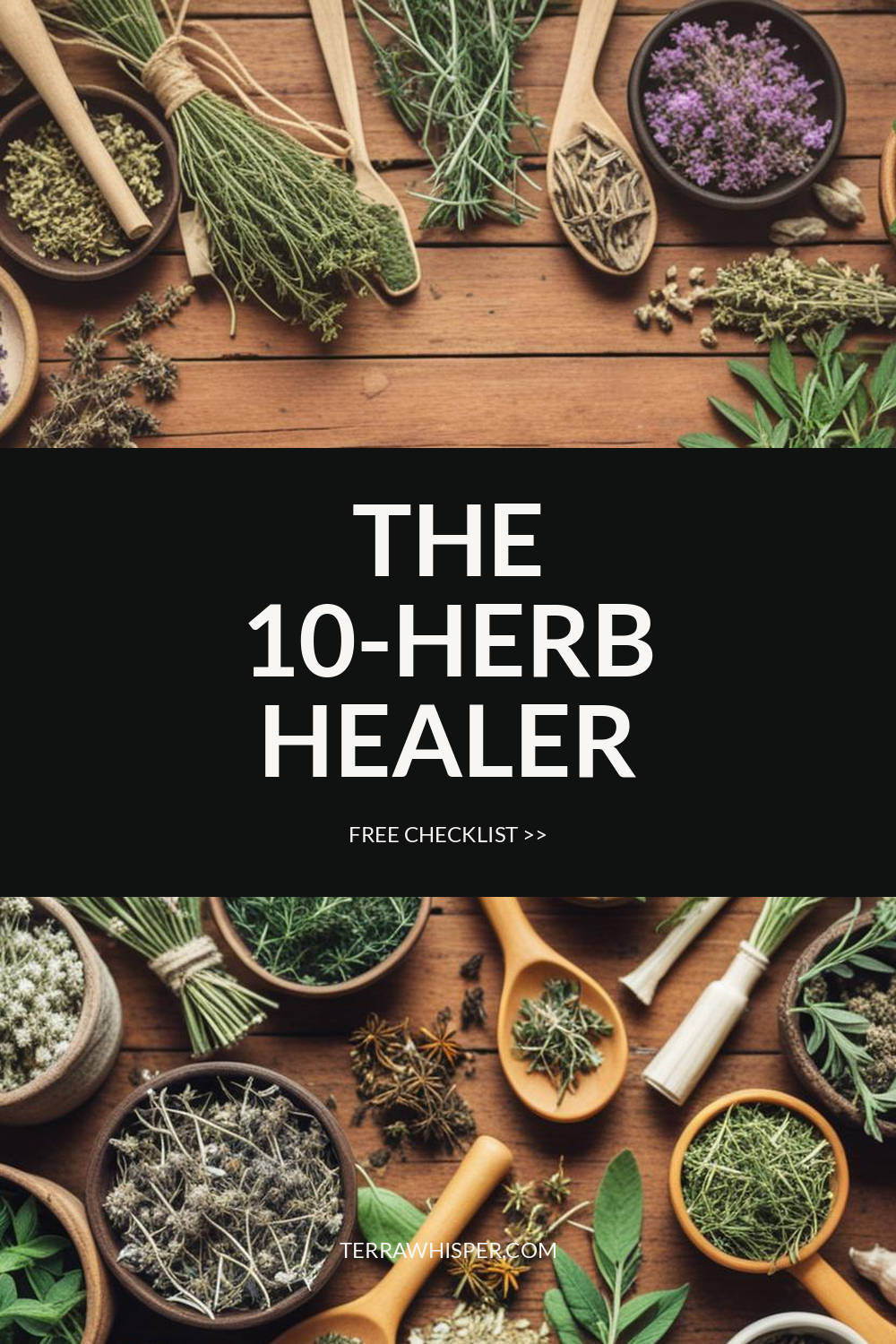Hyssop (Hyssopus Officinalis)
Information Reliability Score: 2/10
This score reflects the overall reliability of the information presented in this article. It is based on the quality of scientific evidence, accuracy of sources, and the transparency of references related to Hyssopus officinalis.
Hyssop, scientifically known as Hyssopus officinalis, is a medicinal herb with a long history of use in traditional medicine and culinary practices. It is valued for its adaptogenic properties, which help the body resist stress, and for its aromatic, slightly minty flavor, making it both a spice and a herbal remedy. The plant is traditionally used to support respiratory health, soothe coughs, and promote mental clarity, with its essential oils containing compounds like pinocarvillin and thymol that have antimicrobial and anti-inflammatory effects. In ancient cultures, hyssop was used in purification rituals and as a symbol of healing, while modern wellness applications include its use in aromatherapy, herbal teas, and topical treatments for skin conditions. Its unique combination of historical significance, aromatic profile, and therapeutic benefits makes it a versatile and enduring herb in both traditional and contemporary health practices.
FREE CHECKLIST
The Only 10 Herbs You Need to Heal 90% of Common Ailments.

